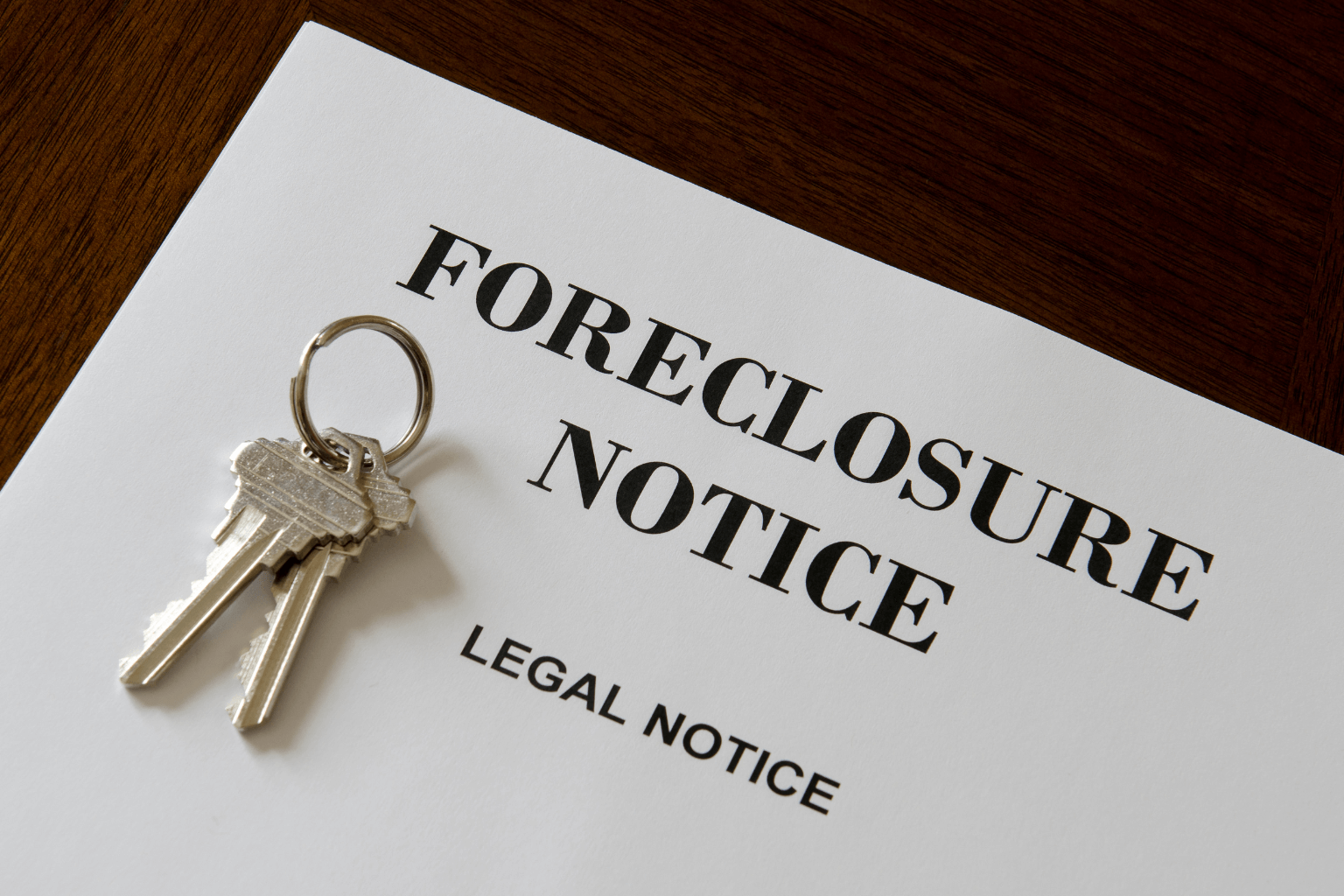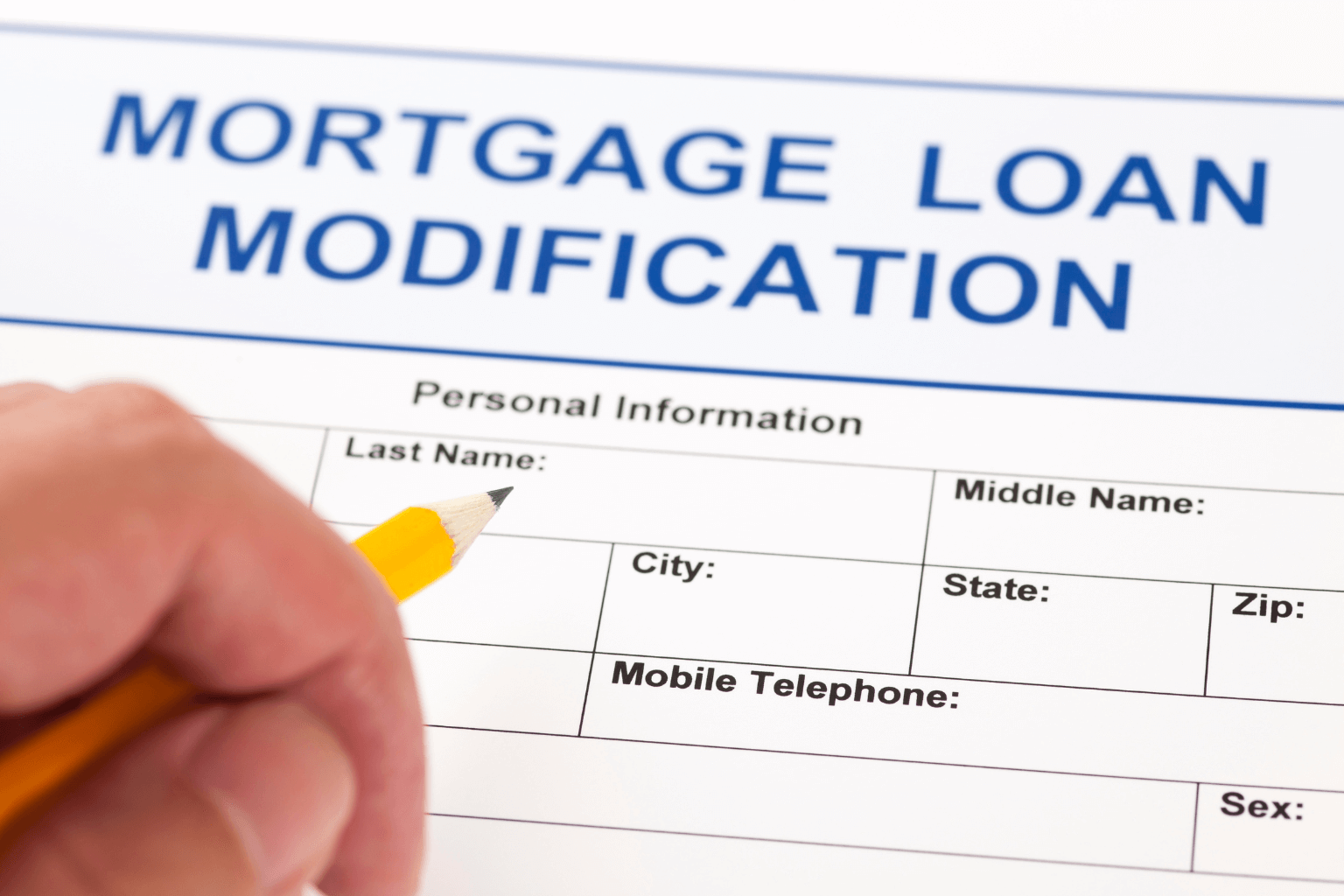Effective Solutions to Avoid Losing Your Home to Foreclosure in California
To stop foreclosure fast in California, you need to act quickly, know your rights, and explore all available options. From negotiating with your lender to using government programs or selling your home, the faster you take control, the better chance you have of saving your property. This guide breaks down simple, actionable steps to help you protect your home and regain peace of mind.
Key Takeaways
- Reach out to your lender early to discuss loan modifications or repayment plans.
- Use programs like the California Mortgage Relief Program to get financial help.
- Consider selling your home or exploring a short sale to avoid foreclosure damage.
- Legal advice can help you understand your rights and fight foreclosure more effectively.
- Filing for bankruptcy may offer temporary relief, but it comes with a long-term credit impact.
Understand the Foreclosure Process in California

Before you can stop foreclosure fast in California, you must first understand how the process works.
In most cases, the process starts after a few missed mortgage payments. You’ll receive a Notice of Default, which marks the beginning of formal foreclosure. If no resolution is reached, your home may be put up for auction and sold.
Here’s a basic timeline:
- Day 1–90: Missed payments
- Day 91+: Notice of Default filed
- Day 180+: Foreclosure auction may be scheduled
Knowing this timeline allows you to take action before it’s too late.
To learn more about early intervention, check out this helpful video: How to Stop Foreclosure?
Know Your Rights as a California Homeowner
California homeowners have legal protections during the foreclosure process. Your lender is required to:
- Send a notice of default
- Give you time to respond
- Offer options to avoid foreclosure when possible
These rights are supported by the California Homeowner Bill of Rights, which aims to ensure fairness in foreclosure proceedings.
Communicate with Your Lender Early
One of the most effective ways to prevent foreclosure quickly in California is to contact your lender as soon as possible. Many homeowners avoid this step out of fear, but open and honest communication can help you discover practical solutions.
Explain your hardship, request options like:
- Repayment plan
- Loan modification
- Temporary forbearance
Most lenders would rather work with you than foreclose on your property.
Hot Topic You Might Love: If you're enjoying this, don’t miss our latest post — Can You Sell a House That Is in Pre-Foreclosure in California?. It’s getting attention and might surprise you.
Explore Loan Modification Programs

Understanding Your Options
Loan modifications adjust your current loan to make it more affordable. This might include:
- Reducing the interest rate
- Extending the loan term
- Adding missed payments to the end of the loan
These adjustments help you catch up without needing to refinance.
If you’ve inherited a property and are unsure how it affects your options, this guide on selling inherited property in California might provide clarity.
How to Qualify
To qualify, you’ll usually need:
- Proof of income
- A valid financial hardship
- A decent credit history
Applying doesn’t guarantee approval, but being prepared improves your chances.
Consider a Repayment Plan
If you’ve missed just a few payments, a repayment plan could help you catch up over time. These plans spread missed payments over future months, easing the financial burden.
Work with your lender to create a customized plan that suits your budget. Even a short-term solution can buy you the time needed to stabilize your finances.
Use Government Assistance Programs

Several federal and California-specific programs are designed to help homeowners stop foreclosure:
- California Mortgage Relief Program: Provides grants to catch up on payments.
- HAMP (Home Affordable Modification Program): Lowers monthly mortgage payments.
- FHA Forbearance Programs: Pauses payments for eligible FHA borrowers.
These options can offer immediate relief if you qualify.
Need to sell quickly? Whether you’re in Los Angeles or Yountville, CA, local home buyers may offer fast solutions to help you move forward.
Sell Your Home to Avoid Foreclosure
If saving your home isn’t realistic, selling it can still protect your finances.
Options include:
- Traditional Sale: Maximize home value, but it takes time.
- Short Sale: Lender agrees to accept less than you owe.
- Cash Buyer or Investor Sale: Quick closing—ideal if you’re out of time.
This strategy helps you avoid foreclosure on your record and may leave you with money to move forward.
Seek Legal Help and Representation

A foreclosure attorney can:
- Protect your rights
- Delay the process
- Negotiate directly with your lender
If you’ve received a notice or are near auction, don’t wait. Legal guidance might give you new options.
File for Bankruptcy (Only as a Last Resort)
Filing for bankruptcy triggers an automatic stay, temporarily halting foreclosure.
While this can buy you time, it has serious consequences for your credit and should only be considered as a last resort if all other methods fail.
Always consult with a financial advisor or bankruptcy attorney before choosing this route.
Stay Informed and Take Immediate Action
Don’t wait until the auction is scheduled—by then, your options are limited.
Here’s how to stay proactive:
- Review your mortgage and financial statements monthly
- Follow up with your lender often
- Attend free housing counseling sessions
- Learn about updated state or federal programs
Conclusion
If you want to stop foreclosure fast in California, now is the time to act. Know your rights, communicate early, explore loan solutions, and seek legal or financial help if needed. Whether you modify your loan or sell your house, taking action early gives you more control and peace of mind. Don’t wait—your home and future are worth fighting for.





